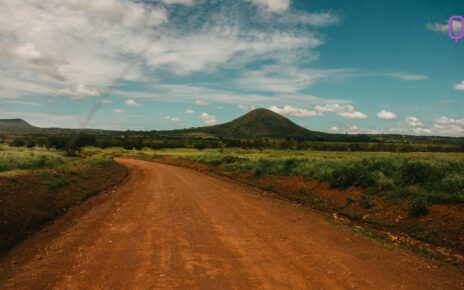I know it will come as shock to many that the real reason for having Pride events is not to have a party or meet hot guys. Many young LGBTI people are very unaware of the history of LGBTI rights. As the LGBTI community, it might be time to start reminding people why we actually have the annual events we do.
This thought sprung to mind when a noticed a few young men commenting on the Cape Town Pride Facebook page. They wanted to know where the name Cape Town Pride came from (I got the feeling that they didn’t think it was cool enough). I’ll try to enlighten everyone to the best of my ability here so that we can all be reminded why we march down the streets of Cape Town , Joburg and now Port Elizabeth!
In this case the word pride is used as an antonym for shame. This is important as shame has been used to control and oppress LGBT persons throughout history. Pride in this sense is an affirmation of one’s self and the community as a whole. The pride movement began after the Stonewall riots in New York in 1969. A group of brave LGBTI people rioted following raids on a gay bar called the Stonewall Inn. Instead of backing down gay people fought back on mass for the first time in history. While it was a violent situation it also gave the underground LGBTI community the first sense of communal pride in a very well publicised incident. Today, New York Pride is still celebrated at the end of June each year to commemorate this historical event. From this annual parade Pride has grown into an international movement. The movement has three main premises: that people should be proud of their sexual orientation and gender identity, that diversity is a gift, and that sexual orientation and gender identity are inherent and cannot be intentionally altered. New York might not be far away, but many LGBTI people will tell you about police raids in gay bars during the reign of the Apartheid government. The pride movement has been essential in furthering the cause of gay rights by lobbying politicians and increasing visibility to educate on issues important to LGBTI communities.
LGBTI-activist Taliesin Cormach wrote about the first Joburg Pride in 1989, that he attended with Zachie Achmat and others: “at the very first Pride march in Africa many years ago in Johannesburg, there was only about 300 people who attended and we all wore paper bags over our heads to help illustrate that that gay folk are one, despite the colour of our skin and that we are proud of that, which is why we were marching for equal rights. Considering the fact that we now have full equality, Pride marches helped achieve that visibility and the term Pride is therefore more important than ever to remind people that what was before, must never be allowed to happen again.” There is a very interesting photo display of the first Joburg Pride at the Apartheid museum for those that have the chance to go.
Let’s take to the streets for Pride 2012 and show society that LGBTI people are a force to be reckoned with and refuse to be treated as second class citizens. As much as Pride is fun, remember why we are there and remember those that gave up so much so that we have the right to march freely through the streets. I’m proud. Are you?





